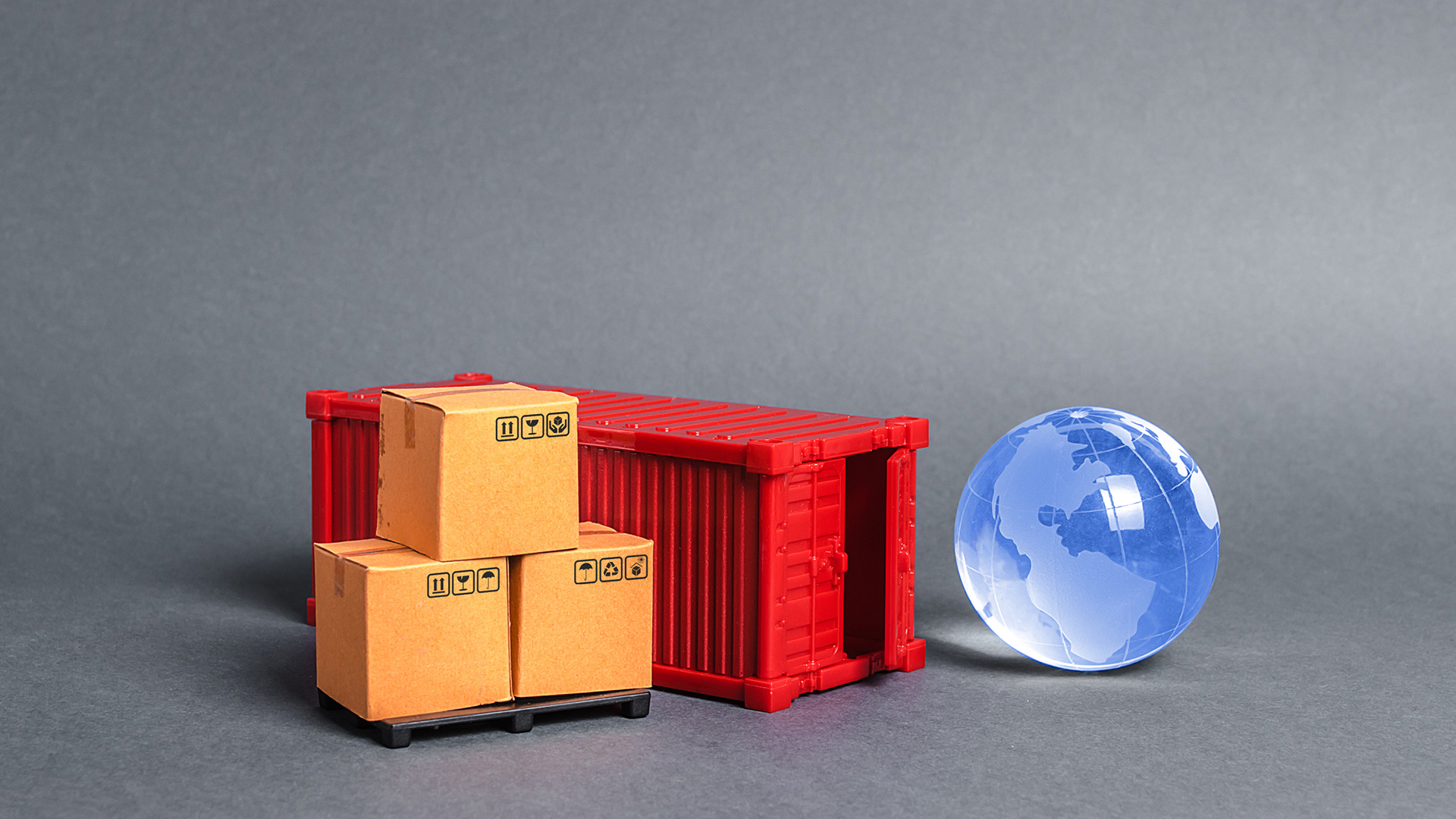
The resurgence of protectionist trade policy under President Trump, particularly through the use of tariffs, marks a significant shift in the global economic landscape – one that Australian insurers cannot afford to ignore.
While the tariffs may seem remote from our domestic operations, their ripple effects are influencing claims costs, supply chains, and investment strategies across the industry.
One of the most immediate impacts is being felt in motor insurance. Although Australia imports few vehicles directly from the US, the parts supply chain is globally interconnected, with significant reliance on China and other Asian manufacturers.
As trade flows divert in response to US tariffs, the resulting disruption may cause parts pricing to become more volatile.
This is set to exacerbate pressures already felt in the Australian automotive repair sector, where rising labour costs and tightening margins mean any increase in parts costs has a magnified effect on insurance claims.
Similarly, the construction industry (and by extension, property insurers) is vulnerable. The sector depends heavily on imported materials such as steel, timber, and glass, with limited domestic substitutes.
Trade uncertainty, combined with government initiatives to increase housing supply, are likely to place upward pressure on construction input costs. This could extend repair timeframes and inflate the cost of claims for both home and commercial property policies.
Beyond claims, there is the potential for broader economic impacts. Currency fluctuations can increase reinsurance costs, inflation can erode claims reserves, and insurers with exposure to both trade-dependent and trade-sensitive sectors may see increased investment volatility.
The fragility of global supply chains, which are tightly interconnected with domestic networks, is driving a rise in business interruption risks.
In this environment, insurers need to elevate their approach to risk management. That means enhancing economic monitoring, adopting dynamic pricing mechanisms, and fostering greater integration across actuarial, claims, and investment functions. Stronger supplier relationships and robust scenario planning will also be critical.
The volatility introduced by Trump’s tariffs – and the uncertainty they create – underscores a wider truth: insurance businesses must now account for global trade dynamics as a core element of risk. Insurers that build economic resilience into their operations will be better placed to manage the challenges ahead.


Comments
Remove Comment
Are you sure you want to delete your comment?
This cannot be undone.